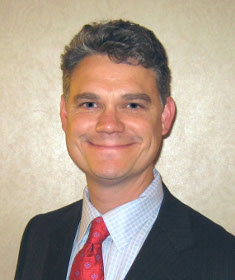Building cultural competency
(October 8, 2010)
A culturally diverse project team breaks down because team members can’t make a key decision that is core to the team’s mission. Some team members claim others are spending too much time off task and failing to share critical information. Other team members say the team leader is forcing decisions too quickly without allowing time for conversation, thought and consideration of alternatives. The executive sponsor is mystified. She wonders: “What’s the problem with this hand-picked team of high performers and how do I get them back on track?”
More and more companies have customers and business units in locations as diverse as Hong Kong and Munich, Paris and Mumbai. And while the companies are “going global” – leadership and employees tend to remain “local,” largely unaware of the profound implications of working across cultures. Our project team members in the example above likely don’t even realise they are bringing different cultural values, work expectations and assumptions to the team. Their inability to make progress is frustrating for their manager and the whole team. This is why “global competency” is so important for the entire organisation, including every level of employee at every location.
In other words, everyone working in a global organisation needs to be knowledgeable about the differences that can divide and possess the communication and relating skills needed to bridge the gaps. Without these skills, it’s difficult to leverage the many advantages of blending diverse perspectives and expertise across cultural boundaries.
Let’s take a closer look at the impact of one key dimension of difference that gets in the way of productivity: Task and Relationships. In many Western cultures, there is a sense of urgency about getting quickly to a task, with the assumption that relationships will develop along the way. In other cultures, a high value is placed on establishing trust and taking time to get to know the people – before getting down to business. We can see this difference operating in our project team, but the members of the team can’t verbalise the problem, nor can they adapt easily. They don’t “get” the two very different perspectives on the relative importance of the task and the building of relationships.
Let’s imagine a different scenario, where team members are able to articulate a common set of standards for how they will work together, and know how to create team values that respect the needs and expectations of all members. With such a foundation of mutual understanding and agreement up front, the team can move forward toward achieving their goals without the distractions of mis-communication and mis-trust.
Organisations that place the same priority on building employees’ global competency as they do on building their global business will find they are experiencing better relationships with customers and faster, smoother mergers with international partners and new global divisions. The results are well worth the investment in making sure that everyone goes global at the same time.








 Please complete this form to agree to receive ongoing information via email from Wilson Learning.
Please complete this form to agree to receive ongoing information via email from Wilson Learning.





